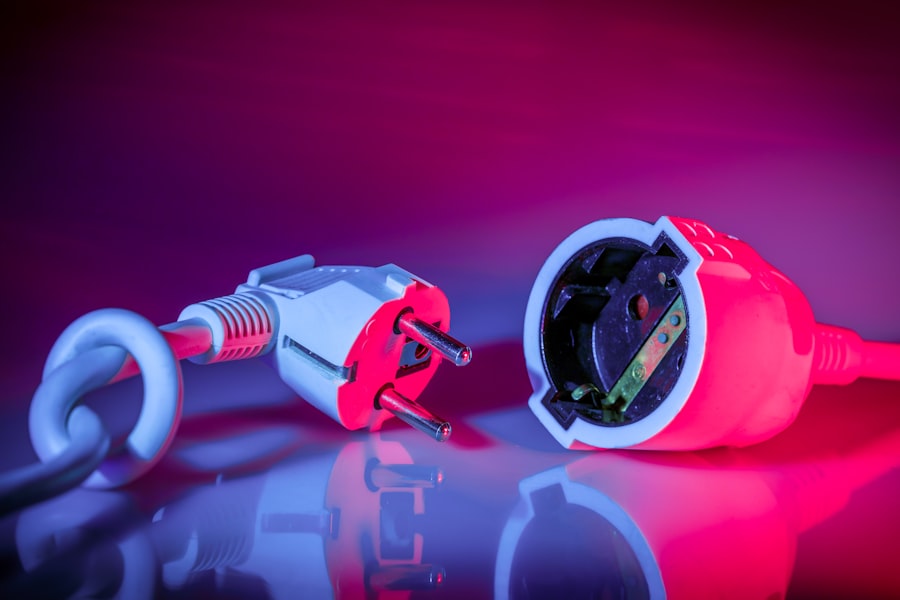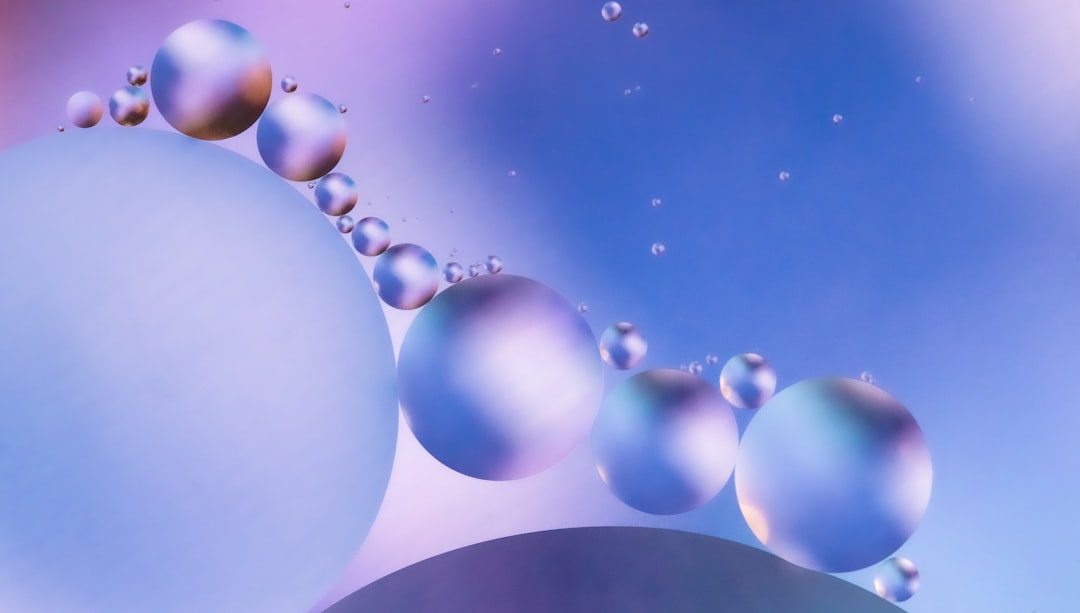When you decide to undergo laser hair removal, you are making a significant investment in your appearance and comfort. However, the journey doesn’t end once the treatment is complete. Understanding the importance of aftercare is crucial for ensuring that you achieve the best possible results.
Aftercare plays a vital role in how your skin heals and responds to the treatment. Neglecting this aspect can lead to complications, such as irritation, pigmentation changes, or even infection. Therefore, it is essential to prioritize aftercare to maximize the benefits of your laser hair removal sessions.
Aftercare is not just about protecting your skin; it’s also about enhancing the effectiveness of the treatment.
By following the recommended aftercare guidelines, you can minimize discomfort and promote healing, allowing your skin to recover more quickly.
This understanding will empower you to take proactive steps in your post-treatment routine, ensuring that you enjoy smooth, hair-free skin for years to come.
Key Takeaways
- Proper aftercare is crucial for the success of laser hair removal treatment
- A gentle skincare routine is essential to promote healing and prevent complications
- Discomfort and redness can be managed with cool compresses and soothing creams
- Protecting the treated area from sun exposure is important to prevent pigmentation issues
- Avoiding certain activities and products, such as hot showers and exfoliants, is necessary to prevent irritation and complications
Proper Skincare Routine After Laser Hair Removal
Soften and Calm Your Skin
To soothe your skin, consider using a gentle cleanser that is free from harsh chemicals and fragrances. Opt for a mild, hydrating formula that will cleanse without stripping your skin of its natural oils. This initial step is crucial in preventing irritation and ensuring that your skin remains calm and balanced.
Moisturize and Nourish
In addition to cleansing, moisturizing is a key component of your post-treatment skincare routine. Applying a soothing moisturizer can help to alleviate dryness and promote healing. Look for products that contain calming ingredients such as aloe vera or chamomile, which can provide relief from any discomfort you may experience.
Support Your Skin’s Recovery
It’s also wise to avoid exfoliating products or scrubs for at least a week after your treatment, as these can further irritate your sensitive skin. By adhering to a gentle skincare routine, you can support your skin’s recovery and enhance the results of your laser hair removal.
Managing Discomfort and Redness Post-Treatment

Experiencing some discomfort and redness after laser hair removal is entirely normal, but managing these symptoms effectively can make a significant difference in your overall experience. To alleviate discomfort, consider applying a cold compress to the treated area. This can help reduce swelling and provide immediate relief from any heat sensation you may feel.
Additionally, over-the-counter pain relievers such as ibuprofen can be beneficial in managing any lingering discomfort. Always consult with your laser hair removal specialist before taking any medication to ensure it’s appropriate for your situation. Redness is another common side effect that typically subsides within a few hours to a few days post-treatment.
To help minimize redness, avoid hot showers or baths immediately after your session, as heat can exacerbate inflammation. Instead, opt for lukewarm water when cleansing the area. If redness persists beyond a few days or worsens, it’s essential to reach out to your specialist for guidance.
They can provide tailored advice and determine if any additional care is necessary to ensure your skin heals properly.
Protecting Your Skin from Sun Exposure
| Factors | Recommendations |
|---|---|
| Sunscreen | Use a broad-spectrum sunscreen with SPF 30 or higher |
| Clothing | Wear protective clothing, such as long-sleeved shirts and wide-brimmed hats |
| Shade | Seek shade during peak sun hours (10am-4pm) |
| Sunglasses | Wear sunglasses that block both UVA and UVB rays |
| Avoid tanning beds | Avoid using tanning beds, as they emit harmful UV radiation |
One of the most critical aspects of aftercare following laser hair removal is protecting your skin from sun exposure. Your skin will be particularly sensitive after treatment, making it more susceptible to sunburn and pigmentation changes. To safeguard your skin, it’s advisable to avoid direct sunlight for at least two weeks following your session.
If you must be outdoors, wearing protective clothing such as long sleeves and wide-brimmed hats can provide an extra layer of defense against harmful UV rays. In addition to physical protection, applying a broad-spectrum sunscreen with an SPF of 30 or higher is essential. This will help shield your skin from both UVA and UVB rays, reducing the risk of sun damage and hyperpigmentation.
Make it a habit to reapply sunscreen every two hours if you are spending extended periods outside. By taking these precautions seriously, you can protect your skin while allowing it to heal properly after laser hair removal.
Avoiding Certain Activities and Products After Laser Hair Removal
After undergoing laser hair removal, it’s crucial to avoid certain activities and products that could interfere with the healing process. For instance, activities that cause excessive sweating—such as intense workouts or hot yoga—should be avoided for at least 24-48 hours post-treatment. Sweating can irritate the treated area and increase the risk of complications like infection or inflammation.
Instead, consider opting for light activities that won’t put stress on your skin during this sensitive period. Additionally, be mindful of the products you use on your skin after treatment. Avoid harsh chemicals, fragrances, or exfoliants for at least a week following your session.
These products can irritate sensitive skin and hinder the healing process. Instead, focus on using gentle, hydrating products that will nourish and soothe your skin. By being cautious about both activities and products during this recovery phase, you can help ensure that your skin heals effectively and that you achieve the best possible results from your laser hair removal.
Monitoring and Managing Potential Side Effects

Common Side Effects
Redness, swelling, and mild discomfort are common side effects of laser hair removal. However, if you notice any signs of blistering, excessive swelling, or persistent pain, it’s essential to contact your laser hair removal specialist immediately.
Monitoring Your Skin
In addition to monitoring for adverse reactions, keeping track of how your skin responds over time can be beneficial for future treatments. Take note of any changes in pigmentation or texture in the treated areas, as this information can help guide your specialist in tailoring future sessions to better suit your needs.
Taking Control of Your Post-Treatment Experience
By being proactive about monitoring potential side effects, you empower yourself to take control of your post-treatment experience and ensure optimal results.
Maintaining Hygiene and Cleanliness in Treated Areas
Maintaining hygiene and cleanliness in treated areas is paramount after laser hair removal. Your skin may be more vulnerable during the healing process, making it essential to keep the area clean to prevent infection or irritation. Gently cleanse the treated area with a mild soap and lukewarm water daily.
Avoid scrubbing or using abrasive materials that could damage sensitive skin; instead, pat the area dry with a clean towel. In addition to daily cleansing, be cautious about touching or scratching the treated area. Your instinct may be to touch or inspect the area frequently; however, this can introduce bacteria and lead to complications.
If you notice any signs of irritation or infection—such as increased redness or pus—reach out to your specialist promptly for guidance on how to proceed. By prioritizing hygiene during this critical period, you can support your skin’s healing process and enjoy the benefits of laser hair removal without unnecessary setbacks.
Following Up with Your Laser Hair Removal Specialist for Additional Guidance
Finally, one of the most important steps in ensuring a successful post-treatment experience is following up with your laser hair removal specialist for additional guidance. They are equipped with the knowledge and expertise necessary to address any concerns you may have regarding aftercare or potential side effects. Scheduling a follow-up appointment allows you to discuss how your skin has responded since treatment and receive personalized recommendations tailored to your unique needs.
Your specialist can also provide insights into what to expect during subsequent sessions and how best to prepare for them. They may suggest adjustments to your skincare routine or lifestyle habits based on how your skin has reacted thus far. By maintaining open communication with your specialist throughout this process, you not only enhance your understanding of aftercare but also foster a collaborative relationship that will ultimately lead to better results from your laser hair removal journey.
By understanding the significance of aftercare and implementing proper skincare routines while managing discomfort and protecting against sun exposure, you set yourself up for success in achieving smooth skin. Avoiding certain activities and products while monitoring potential side effects will further enhance your experience.
Lastly, maintaining hygiene and following up with your specialist ensures that you are well-informed and supported throughout this transformative process. Embrace these practices wholeheartedly; they are key components in enjoying the long-lasting benefits of laser hair removal.
After undergoing laser hair removal treatment, it is crucial to follow proper aftercare instructions to ensure optimal results and minimize any potential side effects. One helpful resource for learning more about laser hair removal aftercare is the article titled “Home Fashion” on the In Laser Hair Removal website. This article provides valuable tips and guidelines for caring for your skin post-treatment, including avoiding sun exposure, using gentle skincare products, and staying hydrated. For more detailed information on aftercare, be sure to check out the Home Fashion article on the In Laser Hair Removal website.
FAQs
What is laser hair removal aftercare?
Laser hair removal aftercare refers to the steps and precautions that should be taken after undergoing a laser hair removal treatment to ensure proper healing and optimal results.
Why is laser hair removal aftercare important?
Proper aftercare is important to minimize the risk of complications such as skin irritation, redness, and swelling. It also helps to ensure that the treated area heals effectively and that the hair removal results are long-lasting.
What are some common aftercare instructions for laser hair removal?
Common aftercare instructions for laser hair removal may include avoiding sun exposure, using gentle skincare products, avoiding hot showers and baths, and avoiding activities that may cause excessive sweating.
How long does laser hair removal aftercare last?
Laser hair removal aftercare typically lasts for a few days to a week, depending on the individual’s skin sensitivity and the intensity of the treatment. It is important to follow the specific aftercare instructions provided by the laser hair removal technician.
Are there any specific products recommended for laser hair removal aftercare?
Some recommended products for laser hair removal aftercare may include gentle cleansers, moisturizers, and soothing creams that are suitable for sensitive skin. It is important to avoid harsh or abrasive products that may irritate the treated area.
What are the potential risks of not following laser hair removal aftercare instructions?
Not following laser hair removal aftercare instructions may increase the risk of skin irritation, redness, swelling, and in some cases, hyperpigmentation or scarring. It may also compromise the effectiveness of the treatment and lead to suboptimal results.






